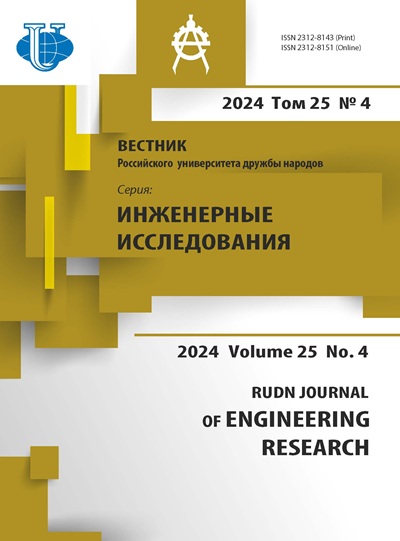Abstract
The use of augmented reality in intelligent vehicle control systems is an important and urgent task for the production and operation of vehicles. Along with the development of sensors, it is necessary to create algorithms and software for such systems. The paper describes a program that simulates the formation of an augmented reality image on a projection display located on the windshield of a car. Augmented reality content modeling is proposed to be carried out by combining the image seen through the windshield and the data coming from the sensors of the intelligent car control system. The functioning of an intelligent vehicle control system is based on the principle of Sensor Fusion, according to which the input data from several discrete sensors are combined to obtain a virtual environment model. The main advantage of the developed program is the possibility of adaptive adjustment of image parameters depending on environmental conditions. The program also implements the function of switching information channels to display data from various devices. The use of augmented reality technologies in intelligent vehicle control systems contributes not only to the convenience of car operation, but also improves the comfort of travel conditions, increases the level of driving safety.















